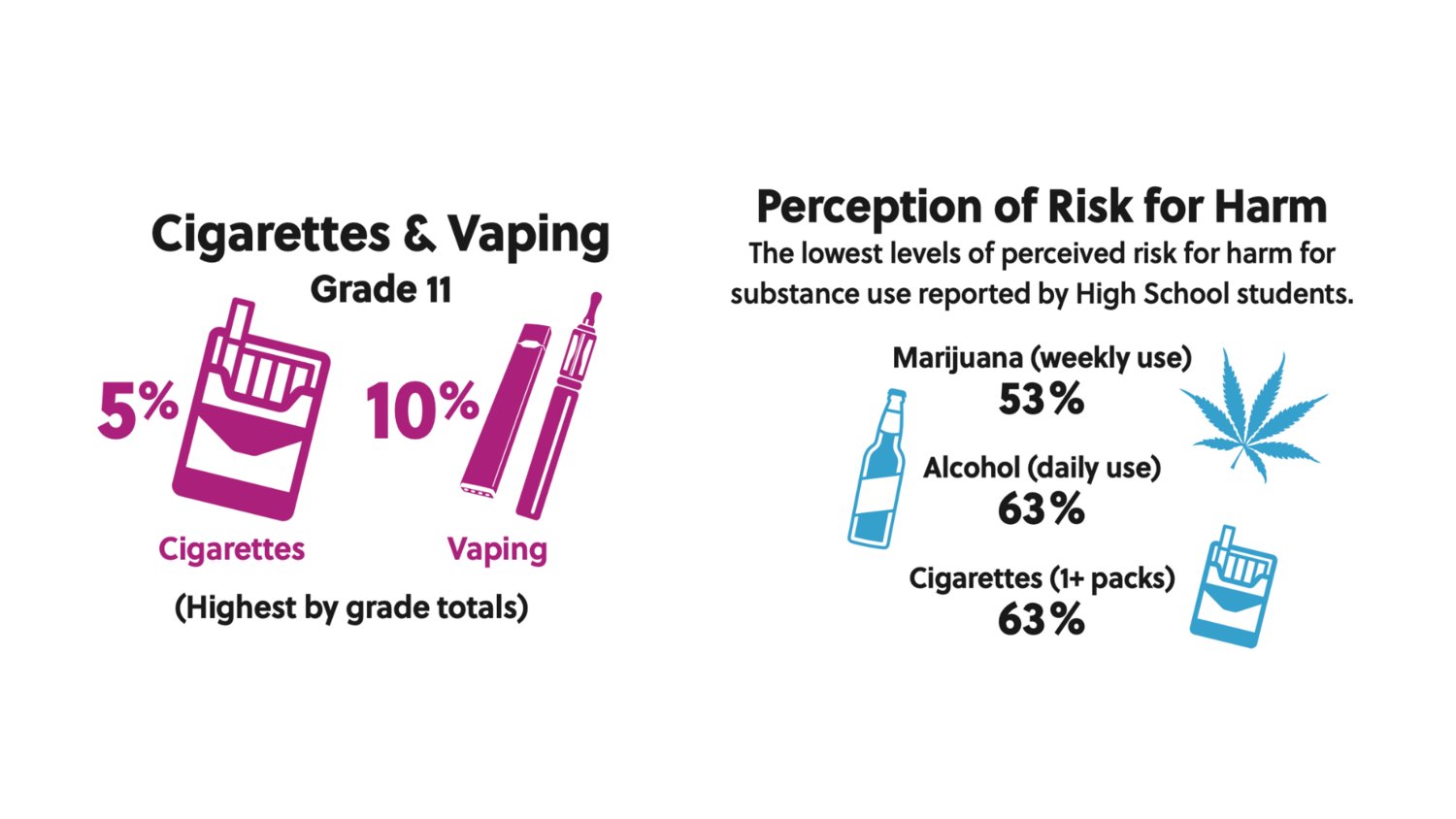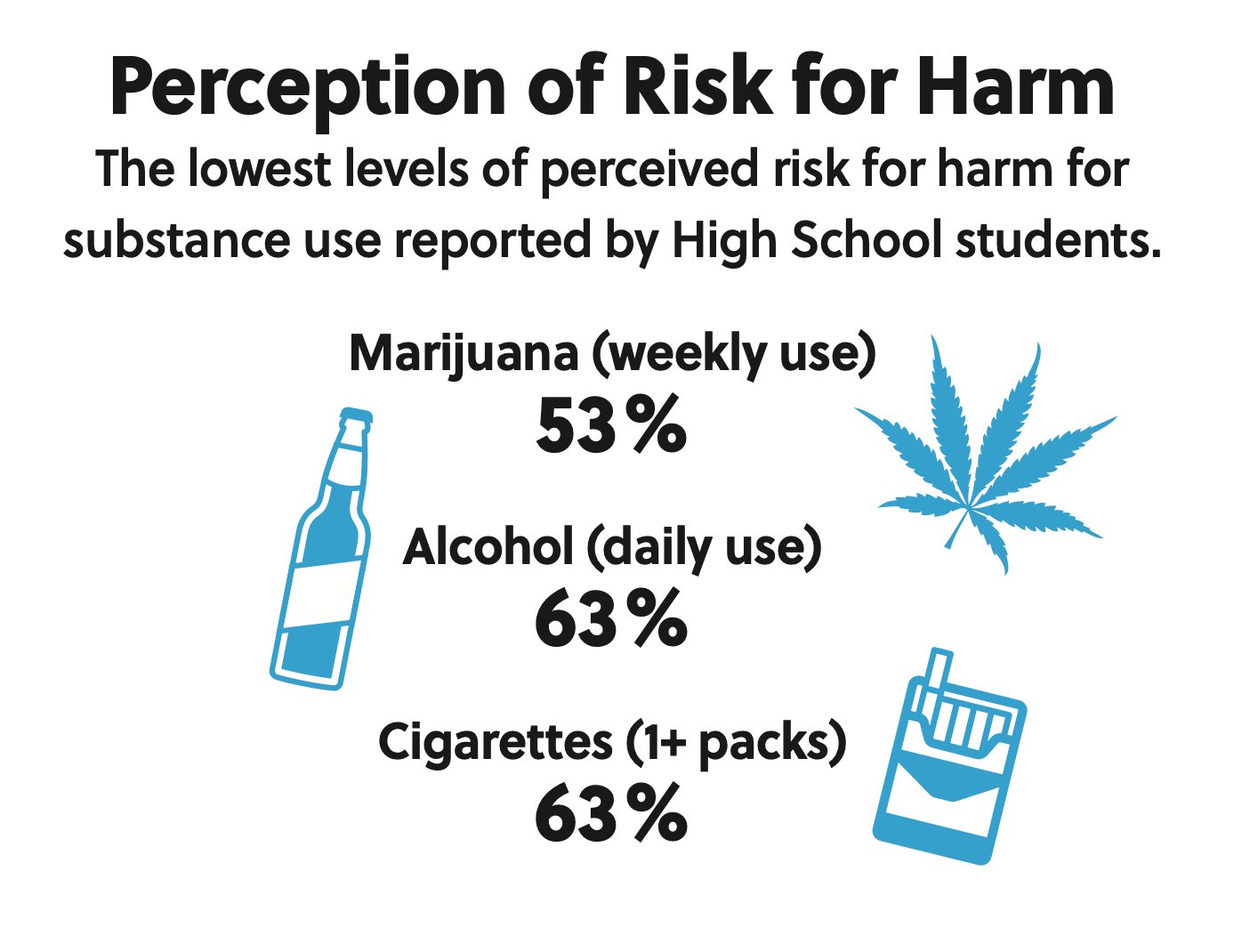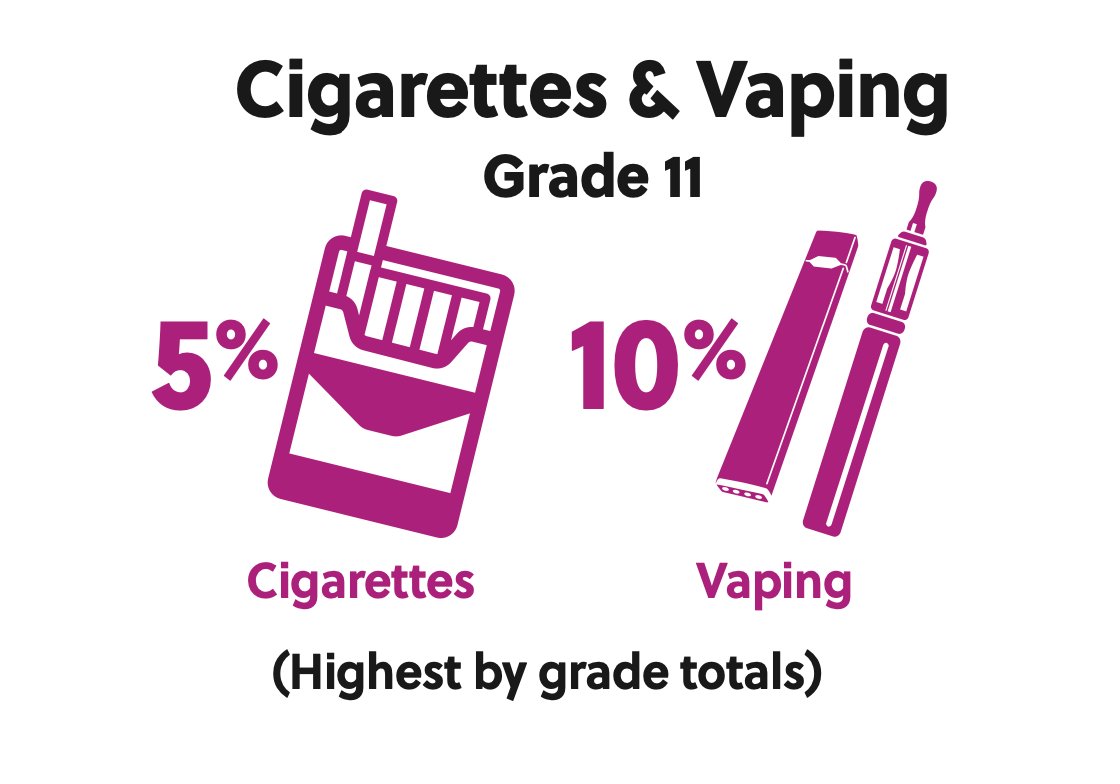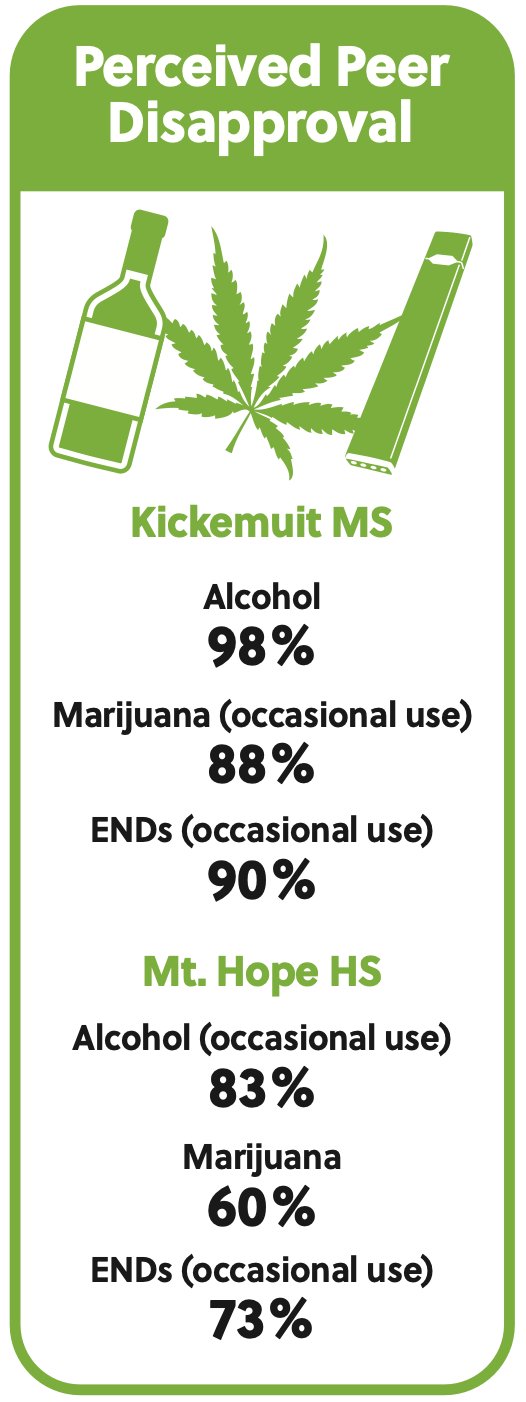Survey shows most Bristol Warren students say no to drugs
A sizable majority of over 1,000 students in Bristol Warren reported that they had never personally tried any mind altering substances, but they were more accepting of others using them than health professionals would like to see.
This item is available in full to subscribers.
Please log in to continue |
Register to post eventsIf you'd like to post an event to our calendar, you can create a free account by clicking here. Note that free accounts do not have access to our subscriber-only content. |
Day pass subscribers
Are you a day pass subscriber who needs to log in? Click here to continue.
Survey shows most Bristol Warren students say no to drugs
Despite data showing that kids appear to be growing less judgmental of peers who partake in various mind-altering substances, and despite the ease with which they report being able to access those drugs themselves, a sizable majority of over 1,000 students from grades 6-12 questioned in Bristol Warren’s 2022/23 Health and Wellness Survey reported that they had never personally tried any of the substances listed within the questionnaire.
“I want to say that right up front, you might have some percent of the kids who use, but most of them do not,” said John Mattson, an evaluation consultant from John Mattson Consulting during a presentation of the survey data to the Bristol Warren School Committee on March 27. Mattson also presented the data to the Warren Town Council on March 14.
Mattson explained to both bodies that it was the fourth such survey that has been conducted, part of a five-year grant administered by the Warren Prevention Coalition, which includes sending out a survey to all district students at Kickemuit Middle School and Mt. Hope High School who received parental consent to opt into the questioning. Of all students, Mattson said that about 70% (1,047) responded to the anonymous survey.
Participation at the 12th grade level was one low mark, with a response rate of just 32% among seniors. In total, 54% of the answers came from middle school students, with the remainder coming from high schoolers.
Drugs most commonly used
Alcohol remains the top drug of choice for youth in the region, with 159 students (over 15%) answering that they tried a drink of alcohol at least once in their lifetime. However, only 57 (5.5%) students responded they had had a drink within the past 30 days.
The second most used substance was marijuana, with 67 students (6.4%) saying they had tried it at least once, with just 39 students saying they had used it in the past 30 days.
Third among all students was electronic delivery systems (EDS), either for nicotine or marijuana use, where 65 students said they had tried it at least once, and 36 students said they had used one in the past 30 days. No other drug eclipsed 3% of use throughout the total surveyed student body in either lifetime or past-30-day use.
Cigarettes are uncool, but vaping and weed more accepted
The survey revealed that reported use of cigarettes among young people was very low, with over 95% of students reporting never having smoked even part of a cigarette, and only 29 students reporting that they had tried one, or part of one.
The distaste for combustible smoking could also be seen in students’ disapproval of one another’s behavior, with about 95% of students saying they didn’t think it was okay for one of their classmates to regularly smoke cigarettes.
However, that same disapproval didn’t extend as far to vaping or marijuana. Over 11% of the students surveyed answered they thought it was okay for their peers to smoke marijuana once or twice a week, and over 6.5% said it was okay for students to regularly use a vape pen.
Those numbers change significantly when removing the high rates of disapproval among middle school students, and look at just the high school rates of disapproval.
“At the high school, peer disapproval was over 85% for binge drinking, smoking cigarettes, non-medical use of prescription drugs, heroin and meth,” the summary of the findings states. “The highest rates of approval were for marijuana use (30.9%), ENDS/vaping (27.2%) and occasional alcohol use (16.8%). Here we can see how marijuana and vaping have become more popular than alcohol use at the high school.”
“These kids are anti-smoking, and across the board cigarette smoking is negative,” Mattson said. “But when you ask them about vaping and marijuana, they don’t say the same thing. They don’t think it’s as harmful.”
Only about 66% of all students surveyed answered there was “moderate” or “great” harm in a student smoking marijuana once or twice a week, and about the same percentage found “moderate” or “great” risk in using vape pens regularly. To further illustrate the point, over 87% of all students surveyed found regally smoking cigarettes to either be moderately or greatly risky.
At the high school, Grade 11 proved the most likely to use nicotine products, with over 10% of surveyed 11th graders saying they had tried vaping, and over 5% saying they had tried smoking cigarettes.
Ease of access
While most students in the district demonstrated a lack of interest in trying the surveyed substances, numbers revealed a different story in terms of their ability to access them.
Around 35% of students said it was “sort of easy” or “very easy” to access vaping products, and about the same said it was easy to access alcoholic products. Accessing marijuana was split into three categories (combustible flower, which 15% said was easy to access; hash oil/dabs, which 17% said was easy to access; and edibles, where over 20% of students surveyed said they could easily access.
“Edibles also showed up on the list for the first time as well as vaping,” Mattson told the school committee. “The edibles, I don’t think they’re as popular yet but they’re getting there, especially because they’re easier to use, easier to hide. But the students aren’t aware that edibles can be extremely potent.”
Also high on the list for ease of access were prescription drugs, where over 19% of students surveyed said they could find easy or relatively easy access to such medication. Cigarettes were also easy to obtain, with nearly 300 students (29%) saying they could access them relatively easy, or very easily.
The report notes that, for the first time, students reported being able to access marijuana by way of someone else using a medical marijuana card, which is noted as something to keep an eye on.
Recommendations
The survey findings include over a dozen recommendations to continue to promote good health outcomes for students in the district.
Among them is a recommendation for additional substance use prevention education in school, particularly around marijuana and vaping products.
“Some still lack knowledge about how substance misuse can impact their health, in particular related to the use of marijuana and marijuana products as well as END products,” the report states. “There have been major changes in prevention research and mental health data over the past years in public health education. New health curricula, research findings and materials need to be offered to inform students about the dangers and to provide guidance about impactful personal communication strategies students can use to avoid substance use.”
The impact of Covid on student behavior was also addressed.
“Mental health and stress from extended periods of isolation are leading to more dysfunctional behaviors by students, according to talks with local
school resource officers and student assistance counselors,” it states. “MHHS students can be trained to serve as peer advisors for middle and elementary school students and classes about the risks associated with substance abuse, and how to successfully navigate the high school culture while remaining drug-free.
More adult support staff in schools with counseling backgrounds would help to reach students who are not being served. SROs and SACs are carrying large caseloads, and are forced to triage with the most difficult cases. Students who have not previously displayed issues with stress, trauma and anxiety are doing so, yet are falling under the radar screen.”













